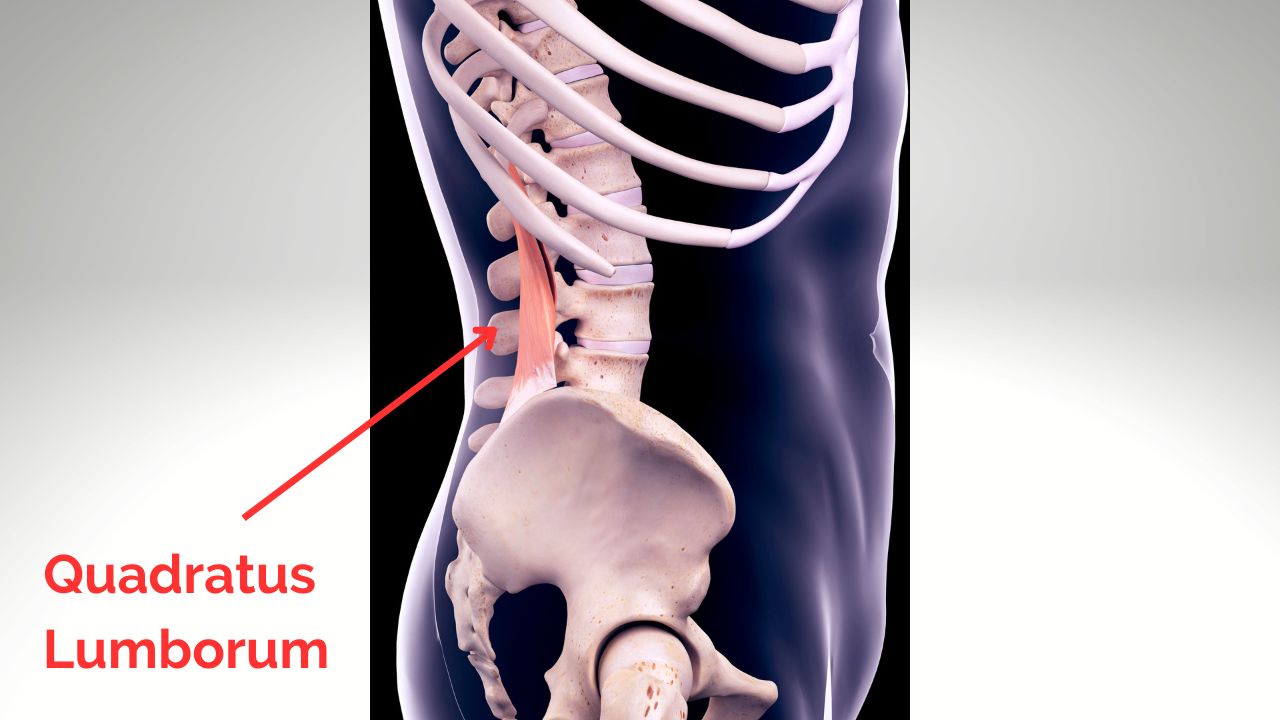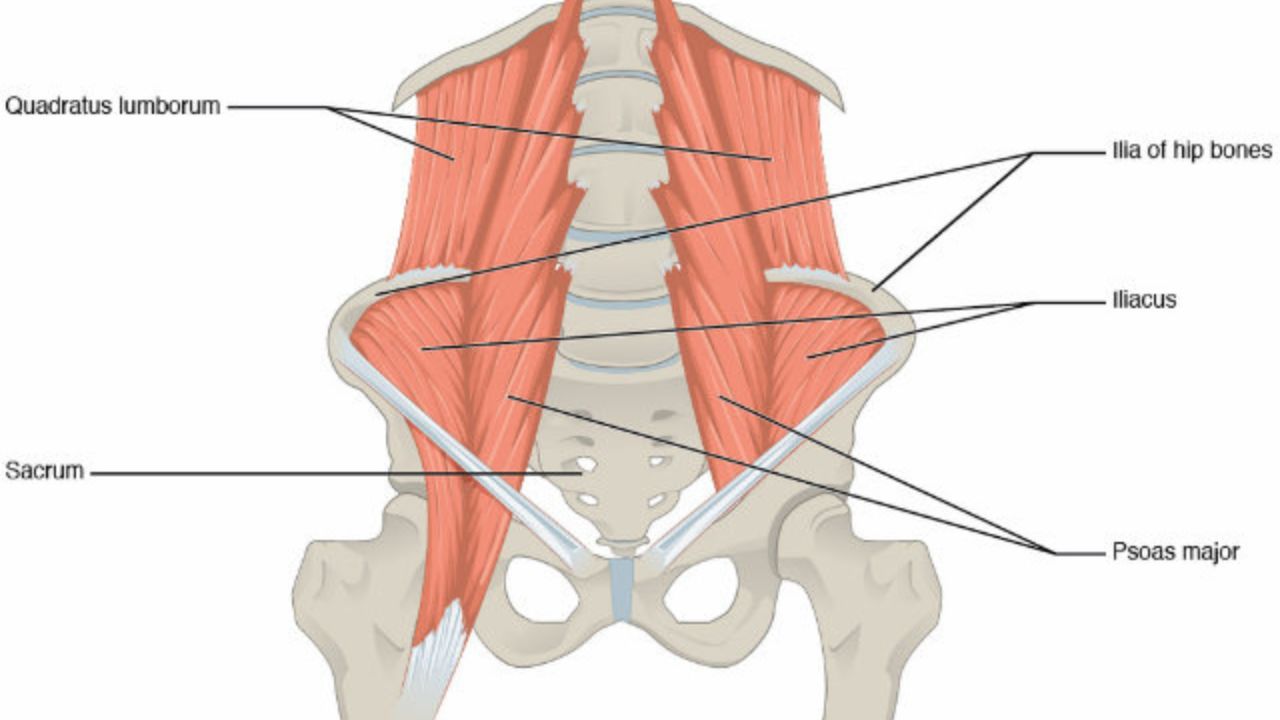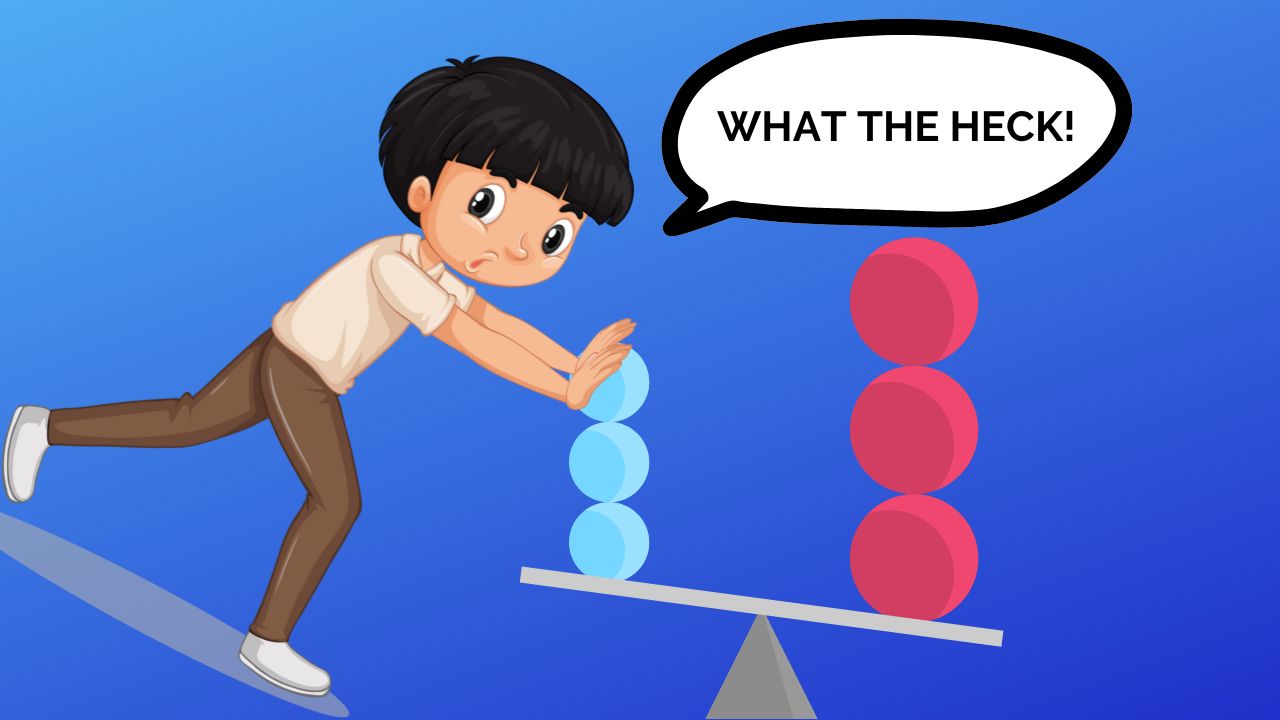Don't isolate the QL muscle! Do these 3 exercises instead.
Mar 13, 2023
Ah, the infamous quadratus lumborum muscle aka the “QL muscle.” So misunderstood. So wrongfully accused.
This innocent muscle in the abdominal wall is routinely blamed for hip and lower back pain. But does the QL muscle deserve all this bad press?
Today, I will defend the QL muscle. But not because it is some super-muscle. Quite the opposite. No one muscle is responsible for your pain.

Putting all the blame on one muscle - whether it’s the QL, the glutes or the hamstrings - is an overly simplified and reductionist way of looking at the human body.
The body is complex. Pain is complex. But feeling better does not have to be.
In this article, I will explain why being hyper-focused on an apparently weak or tight QL muscle will not help you get out of pain. And I will share a smarter and simpler way to start feeling better.
The QL Muscle - Anatomy and Function
Most of the top searches for the QL muscle on Google give confusing explanations of its anatomy and function. I will avoid doing that here.

Let’s keep it simple, shall we? Because most of us don’t want a Ph.D in anatomy or sports medicine.
The QL muscle is essentially a muscle in the abdominal wall. It is not one of the “showy” muscles that make you look jacked though.
It’s located DEEP in this area’s soft tissue and connects to the ribs and lower back.

The function of the QL muscle is up for debate. Physiopedia indicates that the muscle helps the lumbar spine extend and the trunk tilt laterally. [Source 1].
In other words, the QL muscle helps the low back arch and the body tilt to the side (i.e., lateral flexion).

But Physiopedia also acknowledges that studies fail to confirm how much the QL muscle is actually responsible for these movements compared to other surrounding muscles. [Source 1].
This brings up the main point for this article. It’s not just the QL muscle that matters when troubleshooting your pain but all of the muscles that surround the QL as well.
The Importance of the Muscles Surrounding the QL
The QL Muscle is one of many muscles that affect how the pelvis, ribs and lower back move. This part of the body is collectively known as the lumbo-pelvic-hip complex.
I like to think of this area of the body as our “command center.” It initiates all the movements we make on a daily basis.

Whether it’s low intensity like walking or high intensity like sprinting. It is this command center that ensures our movements are fluid, efficient and comfortable.
When there is balance and function in the command center, our bodies move and feel better.
When there is a lack of balance and function in the command center, we might experience pain and discomfort. Our movements will feel “off."
But there is no way to know for certain whether discomfort in the command center is due to a weak or tight QL muscle.
That is because other surrounding muscles like the transverse abdominus, psoas or iliacus can also be responsible for the discomfort.
We can just as easily find articles on the internet that blame these other surrounding muscles for your movement problems.

There are many muscles in the command center. And there are even more articles on the internet blaming these muscles for dysfunction.
The QL Muscle’s Affect on Hip and Lower Back Pain
There is an important concept that I share with all of the people I work with. The area that hurts is rarely the problem.
Many people believe that if they identify which muscle, joint or tendon is located in the area of discomfort, they’ll get closer to fixing their pain.
But this is simply not true. And it is a reason I believe so many people dig themselves into even deeper holes.
The body does not work one muscle or one joint at a time. It works holistically. It constantly transfers energy and tension throughout the body in ways that create efficient movement.
If one muscle is weak then the body will ask another muscle to pick up the slack. If one joint cannot move well, it will ask another joint to move instead.
Your brain is sending you signals of discomfort from a certain area of the body - like the QL - but that does not mean that there is something WRONG with this area of the body.

Discomfort in the body often means there is some lack of balance or function in how you move. But it doesn’t mean that the lack of function is in the exact area of discomfort.
Think about a scale that’s out of balance. If we want to bring the side that’s higher down, we don’t just push and shove that side down. It will just come right back up.
We have to take weight off the heavier side. This is the root cause for the lack of balance.

There is a similar phenomenon happening in our bodies. There is a “heaviness” somewhere in the body that we need to balance out.
3 Exercises to Unlock the QL
In order to improve how the QL muscle feels, you need to improve how this area of your body moves. There are countless movements that the QL contributes to.
You would exercise all day long if you wanted to isolate each possible movement variation. I recommend you zoom out and take a more global approach. Experiment with exercises that target each of the three planes of motion.
Starting with the sagittal plane (up and down), try the below version of the cat-cow exercise.
This is a very popular exercise that you've likely tried before. But I encourage you to do it again with a different intention.
Pay attention to how your pelvis and hips move through both ranges of motion. Do things feel easy and fluid or rigid and uncomfortable? Keep this in mind as you go through the other planes of motion.
For the frontal plane (side-to-side), do a few reps of the side bends. This movement is a common limitation for most people so go slow with these.
Bending to the side like this is not a movement most of us do on a daily basis. So, it's likely to feel stiff at first.
But don't fret! This is an enlightening discovery about your movement. The more of these you identify and work on, the better you'll move and feel!
The last plane of motion to target is the transverse plane (rotational movement) and my favorite exercise targeting the QL is the mid-spine opener.
This exercise will help bring the pelvis, low back and ribs into better alignment. Better alignment = better function = less pain and discomfort.
Take a little walk before and after you do the exercises to see if you notice any improvements in how your body feels.
Closing Thoughts
Moral of the story? If you want to feel better, zoom out and look at the big picture. Getting fixated on the QL muscle will do you more harm than good.
Focus on how your body moves through space rather than isolating a certain muscle with stretches or activation drills.
This will not only address your current symptoms but it will also help build a stronger and more resilient body. A body that can do what you want it to, when you want it to. That's what most of us really want isn't it?

